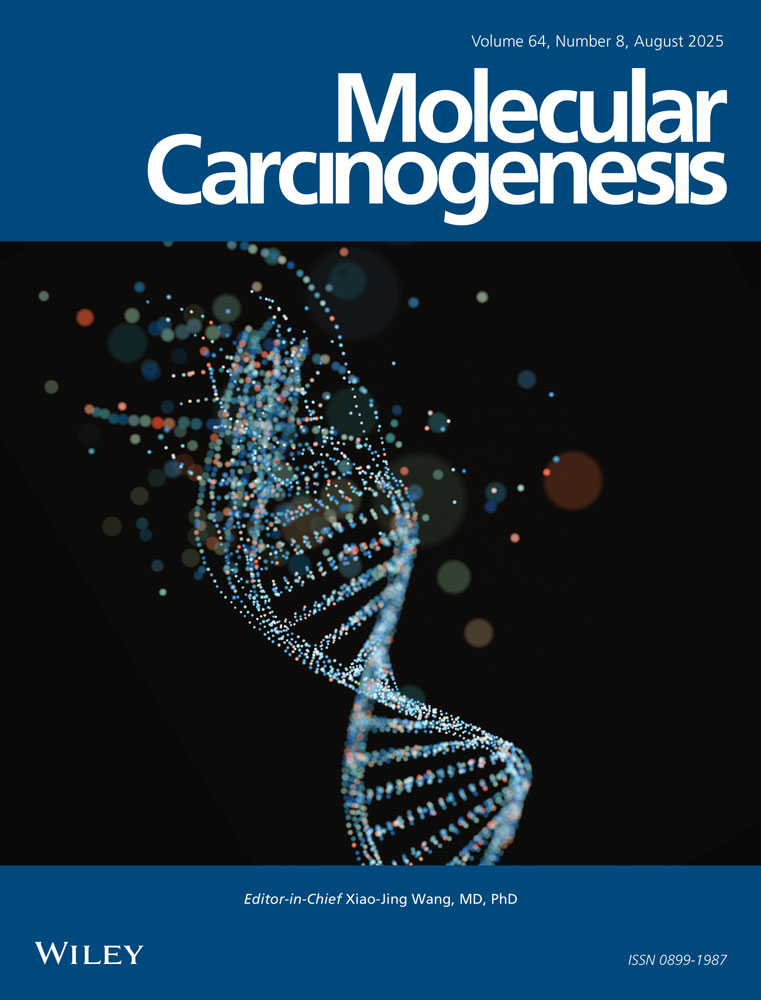Incidence and effects of Ha-ras codon 12 G→A transition mutations in preneoplastic lesions induced by N-nitrosomethylbenzylamine in the rat esophagus
Abstract
N-nitrosomethylbenzylamine (NMBA)–induced rat esophageal tumorigenesis is an important model for squamous cell carcinoma of the human esophagus. In this model, previous studies have shown that the GGA→GAA Ha-ras codon 12 mutation is present in the majority of papillomas. No other Ha-ras mutation has been identified. Studies using other models of chemical carcinogenesis suggest that Ha-ras activation has a critical role during tumor initiation. We have used laser-capture microdissection and polymerase chain reaction–restriction fragment length polymorphism analysis to study the role of codon 12 Ha-ras mutation at various stages of tumor development in the rat esophagus. Our results indicate that Ha-ras mutation was present infrequently (4.3%) in premalignant lesions. The incidence of Ha-ras mutation was high in papillomas (57.1%), however, and 50% of papillomas expressed mutant Ha-ras RNA message. Additionally, there was a linear trend correlating increased incidence of Ha-ras mutation with later papilloma stage. These data suggest the role of ras activation later in neoplastic development. To evaluate the potential mechanism of action by which Ha-ras contributes to promotion and progression in this model, we compared mRNA expression of cyclin D1 and p27 in Ha-ras mutant and Ha-ras normal papillomas. We found no differences in mRNA expression of either cyclin D1 or p27 between these two papilloma populations. Our data suggest an important paradigm shift for the role of ras mutations in this model of chemical carcinogenesis, indicating a functional role of Ha-ras activation in promotion/progression and not in the initiation phase of NMBA-induced papillomagenesis. © 2001 Wiley-Liss, Inc.




